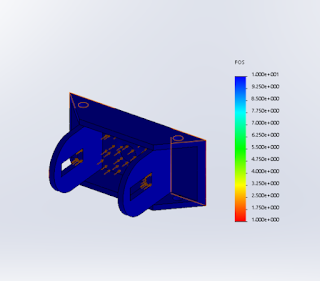Akash Sandhu -Member of Full-Scale Drivetrain
Week of 9/5/2018
Lightning Presentation and Proposal
One of the main task that were completed this week was the "Lightning Presentation". For my part of the "Lightning Presentation". I had done my research of what torque vectoring, the benefits of torque vectoring, and methods of application. I learned that torque vectoring is vehicles purposely transfer different amounts of power to different axles of the vehicle or an individual wheel. Initial, torque vectoring was only done on 4 wheel drive vehicles where the drive train of the car would change the power distribution between the front and rear axles of the vehicle when sensing slippage. However, the technique of torque vectoring has improved over the years where vehicles are now able to control how much power an individual driving wheel receives. This has allowed both front and rear wheel drive vehicles to implement torque vectoring. It has be shown to be helpful in increasing performance of vehicles in cornering. Furthermore, it helps to deal with wheel slippage. However, after discuss this with Dr. Furman, it does not seem reasonable and cost efficient to implement this kind of system into the bogie. The next task of the week was completing the proposal of the full-scale drive-train team. For the proposal, I worked on the project description, project objectives, the outline for scope. Furthermore, I contributed some to of the deliverables, such as the need for another motor if the High density motor does not work. I also contributed a little to the required facilities and funding, and the general formatting of the proposal.



























